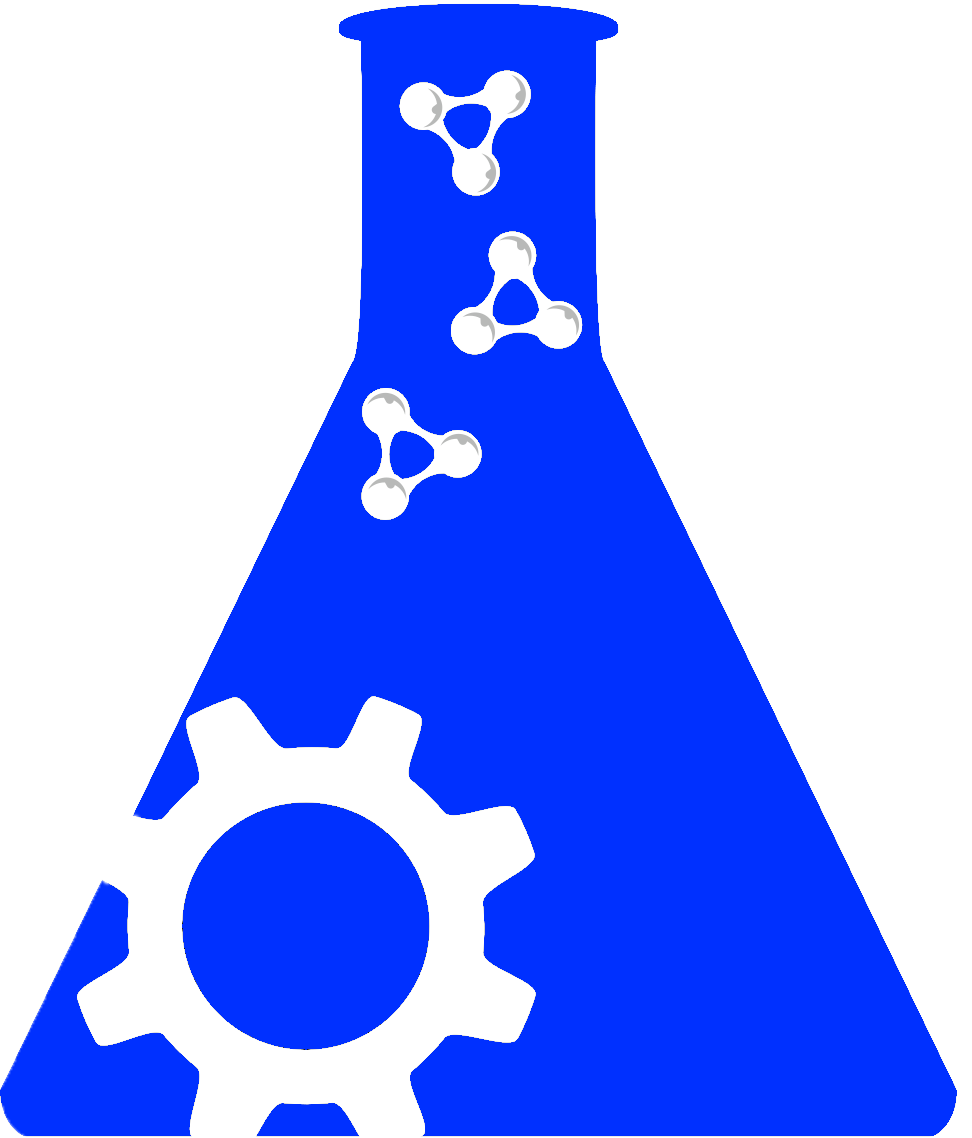Searching across hundreds of databases

Are you sure you want to leave this community? Leaving the community will revoke any permissions you have been granted in this community.
Proper Citation: TRbase: A Database Of Tandem Repeats In The Human Genome (RRID:SCR_005658)
Description: This TRbase is a relational tandem repeat database that relates tandem repeats to gene locations and disease genes of the human genome. The TRbase stores both perfect and imperfect repeats of 1 to 2000 bp unit lengths that were identified using the Tandem Repeat Finder program. Disease information for all 24 chromosomes was retrieved from the Online Mendelian Inheritance in Man (OMIM) database. There are five main search forms by which the user may query the database: 1. The Advanced tandem repeat search: This allows a complete search for tandem repeats using a combination of criteria, such as total tandem repeat length, repeat unit length, copy number of the repeats, percentage matches and the consensus repeat pattern. On submission, the number of repeats and the detailed tandem repeat characteristics of each repeat that match the user query are tabulated. 2. The Main search: This relates tandem repeat data to genes and diseases. The user may specify a gene of interest to view details of all repeats associated with it or search for tandem repeats present in a particular disease by entering the name/keyword for the disease or the MIM number of the disease gene. 3. The Composite search: This more advanced search allows the user to query specifically for repeats present in exons, introns or intergenic regions of a gene or disease gene. 4. The Gene Search: Further information on genes can be available by a simple gene name search on this page. 5. The Disease search: This allows extensive information on disease genes on all chromosomes of the human genome. Searching for a MIM number, or keyword searches specifying the features of the disease, will retrieve the information on the disease and the chromosome in which the disease gene occurs. Each entry retrieved is linked to the OMIM database for detailed literature and gene map information on the disease.
Synonyms: TRbase
Resource Type: data or information resource, database
Expand Allhas parent organization |
We found {{ ctrl2.mentions.total_count }} mentions in open access literature.
We have not found any literature mentions for this resource.
We are searching literature mentions for this resource.
Most recent articles:
{{ mention._source.dc.creators[0].familyName }} {{ mention._source.dc.creators[0].initials }}, et al. ({{ mention._source.dc.publicationYear }}) {{ mention._source.dc.title }} {{ mention._source.dc.publishers[0].name }}, {{ mention._source.dc.publishers[0].volume }}({{ mention._source.dc.publishers[0].issue }}), {{ mention._source.dc.publishers[0].pagination }}. (PMID:{{ mention._id.replace('PMID:', '') }})
A list of researchers who have used the resource and an author search tool

A list of researchers who have used the resource and an author search tool. This is available for resources that have literature mentions.
No rating or validation information has been found for TRbase: A Database Of Tandem Repeats In The Human Genome.
No alerts have been found for TRbase: A Database Of Tandem Repeats In The Human Genome.
Source: SciCrunch Registry